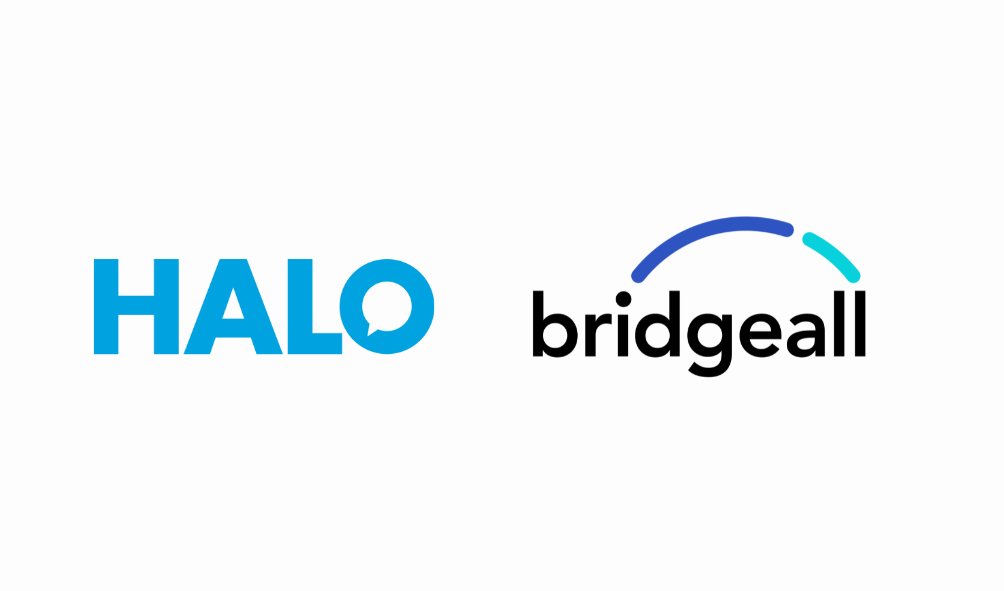In today’s digital world, protecting your business from cyber threats is non-negotiable. You’ve likely heard terms like “vulnerability scanning” and “penetration testing,” but what do they actually mean, and why are they important for your cybersecurity? While often confused, these two practices offer different, yet equally vital, ways to secure your systems.
In this article we compare vulnerability scanning and penetration testing and discuss the pros and cons of both.
What is the difference between Vulnerability Scanning and Penetration Testing?
Vulnerability Scanning: The Quick Check-up
A vulnerability scan is like a rapid, automated check-up of your IT Infrastructure. It uses specialised software to quickly scan your network, computers, and applications for known weaknesses. This could include outdated software, missing security patches, or common misconfigurations. The scanner compares what it finds against a vast database of known vulnerabilities, much like a checklist of common security flaws.
What it does:
- Automated: Relies on software to do the work quickly.
- Broad Coverage: Checks a wide range of systems for many known issues.
- Identifies Known Flaws: Points out where you might have “unlocked windows” or “broken locks” that are already on a public list of vulnerabilities.
- Fast & Frequent: Can be run regularly to catch new vulnerabilities as they emerge.
Vulnerability scans are excellent for routine health checks, helping you stay on top of basic security hygiene. They give you a broad overview of your security posture and are a cost-effective way to find common, easily fixable problems.
Penetration Testing: The Simulated Break-in
A penetration test (or “pen test”) is a much more in-depth, hands-on approach. Instead of just identifying known flaws, a penetration test is like hiring an ethical burglar to try and break into your home. Skilled cybersecurity experts (ethical hackers) use the same techniques and tools as real cybercriminals to actively try and exploit vulnerabilities in your systems.
What it does:
- Manual & Skill-Based: Involves human expertise and creativity to find hidden weaknesses.
- Deep Dive: Focuses on specific systems or applications to uncover complex attack paths.
- Exploitation: Attempts to actually “pick the locks” or “force the windows open” to see if a real attacker could get in and what they could access.
- Real-World Simulation: Shows you how well your existing security measures would truly stand up against a determined attacker.
Penetration tests go beyond simply listing vulnerabilities; they demonstrate the real-world impact of a successful breach. They help you understand if a chain of seemingly minor weaknesses could lead to a major compromise and provide detailed advice on how to truly fix the root causes.
Working Together for Stronger Security
Both vulnerability scanning and penetration testing have their place. Vulnerability scanning is generally cheaper and able to run on a regular basis whereby penetration testing is normally a one-off exercise possibly done annually that comes with a much higher cost. They are most effective when used together:
- Vulnerability scans act as your first line of defence, quickly catching the common, easy-to-fix issues.
- Penetration tests then provide a crucial reality check, showing how your systems would fare against a sophisticated attack, uncovering deeper, more complex weaknesses that automated scans might miss.
By combining these two powerful strategies, your business can gain a comprehensive understanding of its cyber risks, strengthen its defences, and significantly reduce the likelihood of a successful cyberattack.
At Bridgeall, we understand these nuances and can help you build a robust cybersecurity strategy that truly protects your valuable assets. Visit our cyber security services or contact us today to find out more.




